Crochet Biz Q&A #1: How To Price Crochet Items For Profit
Welcome to the first post in the new Ask Claudia: Crochet Biz Q&A series — where I answer questions from crochet business owners who are ready to turn their passion into profit.
I’m Claudia, and for the past 10 years I’ve helped creative business owners confidently market and sell their work. Every week, I hear the same questions from makers — especially around pricing, self-doubt, and how to actually make a living doing what they love.
That’s why I’ve started answering these questions right here on the blog — so more crafters can move from hobby mode to profitable business owner.
Today, we’re tackling one of the biggest questions of all:
How do I price my crochet items and patterns without scaring people off — or undercharging myself into burnout?
The answer isn’t a quick fix, but it is simple — and it works.
I’ll walk you through a proven pricing formula, share real-life examples, and give you the mindset shifts you need to price your work with clarity and confidence.
Let’s dive in.
📌Got a burning question? Submit it using this quick form or just reply to this newsletter. I keep all questions anonymous unless you want a shoutout!
🔹 Question 1: How Should I Price My Crochet Items?
Q: "I'm so confused about pricing! I don't want to charge too much and scare people away, but I also don't want to work for pennies. How do I figure out what to charge?" — Sarah, new seller from the UK
Answer:
Sarah, you've hit on the struggle that keeps so many talented crocheters stuck in the "hobby zone" instead of making real money. Pricing anxiety is the #1 thing that stops crafters from building profitable businesses, and I completely understand why it feels overwhelming.
Most crocheters drastically undervalue their work. I've seen incredible artisans charging $15 for blankets that took 30 hours to make. That's not sustainable, and it's not fair to you or your craft.
Let me give you my simple pricing method that takes the guesswork out of this once and for all:
⯈The Profit Pricing Formula
Crochet Time + Materials (Your Production Cost)
Here is a simple, sustainable formula that actually works.
Step 1: Calculate Your Production Cost
Add up everything it takes to make your crochet item:
Your time (total hours × hourly rate)
Materials (yarn, hooks, zippers, packaging, etc.)
Overhead (business costs like platform fees, marketing, or tools)
This is your baseline cost.
Step 2: Add Your Profit Boost
Once you’ve got the baseline, add your Profit Boost — 10–20% is standard. This ensures your pricing leaves room for:
Profit (yes, you’re allowed!)
Future growth (hiring help, outsourcing, paying yourself well)
Cushioning against unexpected costs
Step 3: Reality Check & Adjust
Now look at your market. What are similar handmade items selling for?
If your price is wildly higher, it’s time to:
Reposition your product as premium
Reduce time/costs without cutting quality
Or decide that product isn’t profitable and move on
📌How much is your time worth?
This is something you have to decide but a good starting point is your local minimum wage as the bare minimum, but don’t be afraid to go higher. $15–$20/hour is common for skilled crochet work in the UK and US, depending on experience. If you can sell items at $30 - 40 $ per hour you can can later hire others at a lower rate to help you produce your pieces
⯈Example: Pricing a Crochet Clutch Bag
Let’s apply this Profit Pricing Method in real life, using a handmade crochet clutch bag as our example.
Step 1: Calculate Production Cost
Time Spent:
Arranging materials: 5 minutes = 0.08 hours
Crocheting: 3 hours = 3.00 hours
Sewing and finishing: 30 minutes = 0.50 hours
Total time: 3.58 hours
Labour Cost:
3.58 hours × $25/hour = $89.50
Materials:
Yarn, zipper, hook, liner fabric, thread = $12.00
Overhead:
Packaging, website fees, Etsy fees, marketing tools = $5.00 (estimated per item)
Production Cost Total:
$89.50 (labour) + $12.00 (materials) + $5.00 (overhead) = $106.50
Step 2: Add Your Profit Boost
Let’s apply a 15% Profit Boost to your production cost.
15% of $106.50 = $15.98
Total with Profit Boost:
$106.50 + $15.98 = $122.48
🏷️ Final Price
Round up slightly for clarity and simplicity.
Suggested price: $122–$125
📌Why This Works
This price reflects:
Your time and skill
The true cost of doing business
A healthy profit margin for growth
It’s fair, sustainable, and positions your work as a high-quality, handcrafted product — not a mass-produced item competing in the bargain bin.
⯈Do a Reality Check & Adjust
Once you've calculated your price using the Profit Pricing Method, look at the market to make sure it aligns with what customers are actually paying.
Ask yourself:
Are other sellers charging a similar price for products with comparable quality and complexity?
Are your materials or finishing touches better than average (and worth a premium)?
Is your price way above what your ideal customer would expect — or too low to be sustainable?
What If Your Final Price Feels Too High?
If the price you’ve calculated feels out of reach for your audience — don’t panic, and definitely don’t start slashing your prices.
Instead, take a smart, strategic look at why the number feels high:
Can you streamline production?
Look at where time or material costs could be reduced without sacrificing quality. Sometimes small tweaks in your process save hours over time.Can you increase perceived value?
Better photography, more thoughtful packaging, and stronger branding can make your item feel more premium — and worth the price.Is it simply not profitable?
If you’ve run the numbers and it just doesn’t work, walk away. Not every product is meant to be a bestseller — and smart business owners know when to let things go.
📌 Remember: You’re building a business, not a charity. Every item you sell should move you closer to sustainability — not burnout.
What If Your Price Feels Too Tight?
If your final price barely gives you room to breathe, here’s what you can adjust:
Increase your Profit Boost
Move from 15% to 20–25% if your market allows it. You’ll be surprised how small increases can add up.Raise your hourly rate
Your time is your biggest business expense — and your most valuable asset. Don’t underpay yourself.Reduce production time or simplify materials
Small changes (like switching to a faster stitch or using a more efficient finishing method) can improve profitability without affecting quality.
What’s a Healthy Profit Margin?
It depends on what you're selling and how you're selling it:
15–20% — common for direct-to-customer handmade items
30–50% — needed for wholesale + retail markup
60–70%+ — standard for digital products or scalable offers
📌 If you want to grow, hire help, or build long-term income, aim for margins that leave space for profit after all your costs are covered — including your time.
Try This Now, Sarah
Sarah, I know this all might feel like a lot — but you don’t have to figure it out perfectly right away.
Here’s a simple way to start using the Profit Pricing Method today, without overwhelm. Just pick one of y our products and walk through this step by step.
Keep it simple, and trust that with each piece you price, it’ll get easier.
🧶 Your Crochet Pricing Mini-Assignment
Choose one item — maybe your most popular make or something new you’re testing (like a clutch, scarf, or toy).
Track all your time — not just the crochet itself, but prep, pattern reading, finishing, listing… even the time you spend thinking it through. It all counts.
Add up your materials cost — yarn, buttons, lining, packaging, anything that gets used up to complete the item.
Estimate your overhead — a simple starting point is £3–£5 per item to cover things like website fees, Etsy charges, or marketing tools.
Calculate your labour — multiply your total hours by your hourly rate.
Apply your Profit Boost — add 10–20% to the total. This is what gives your business room to breathe and grow.
Look around the market — check what others are charging for similar items, and adjust if needed. You’re aiming for fair, not cheap.
📌Pricing correctly is one of the key fundamental in growing your crochet business. Please make sure your calculate your real costs.
It took me a while to get my pricing right.
At my very first market, I sold pom pom winter hats for just £15. Even at the time, something felt off — deep down, I knew it was too low. But instead of calculating my actual costs, I was getting pricing ideas from mass-produced hats in shops like H&M or Topshop.
I sold one hat that day. Just one.
That moment stuck with me — not because the product was bad, but because I didn’t value the time, skill, or handmade care that went into it. And if I didn’t value it… why would a customer?
That day taught me to stop guessing and start pricing with intention — based on time, materials, and value. I realised that I had to stopped treating my craft like a hobby and started building something could actually support me.
📌 Have a question for next week? Submit your question here— I read every single one and choose the most helpful topics for the community.
Myth Buster: Higher Prices Actually Help Your Business
It might feel counterintuitive, but higher prices don’t drive customers away — they attract the right ones.
Here’s why:
Perceived Quality: A $45 baby blanket feels more special than a $15 one. Price signals value.
Better Customers: People who pay fair prices respect your time and are easier to work with.
Sustainability: Proper pricing means you can keep creating without burning out.
One of my students raised her granny square bags from $20 to $40 — and got more orders because customers saw them as premium.
Common Pricing Mistakes to Avoid
Racing to the bottom: Competing on price only hurts your business long-term. Compete on quality, service, and story.
Ignoring your time: If you’re not tracking hours, you’re likely undercharging by 50% or more.
Underestimating your skill: Your experience matters — beginners can’t do what you do.
Forgetting business costs: Fees, packaging, and marketing all need to be priced in.
Pricing Crochet Doesn’t Have to Be Complicated
It’s easy to feel overwhelmed by pricing, but with a solid formula, the process becomes simple and sustainable.
I use the Profit Pricing Method because it works. This method helps you price fairly, competitively, and in a way that values your time, skill, and long-term growth.
💬 You’ve Got This
Pricing your work is one of the hardest parts of running a crochet business — but once you shift from guessing to using a real formula, everything starts to click. You’ll stop worrying about what other people are charging and start building a business that actually works for you.
And if you're still stuck?
I'm just an email away.
We're all in this together! 💛
What’s Next?
You don’t need to figure out every price in your shop today — just start with one item and build from there. The key is to stop guessing and start making confident, strategic decisions that support your business.
✨ Take action today.
Pick one product and run it through the Profit Pricing Method. Track your time, total your costs, and apply your Profit Boost. See what changes — and how it feels to put a real value on your work.
💬 Have questions about pricing?
Have a question or want to share your biggest take away from this post? Drop them in the comments.
🧶 Want help setting up the systems behind your sales?
Check out the Done‑For‑You Email Setup. I’ll build your opt-ins, forms, welcome sequence, and strategy — so when someone finds your crochet, they stick around long enough to buy it.
📌 Pin this post so you can revisit the pricing formula whenever you need a reset or reminder.
🛠️ Still building the business side?
→ Launching a digital product soon? Grab How to Create Digital Products People Will Buy
→ Want quick, honest feedback on your site? Book a no-fluff Website Review and get clarity.
🎯 Need the full picture?
Explore Monetize Your Crochet — packed with creative ideas, tools, and strategies to grow your income with confidence.
More inspiring posts

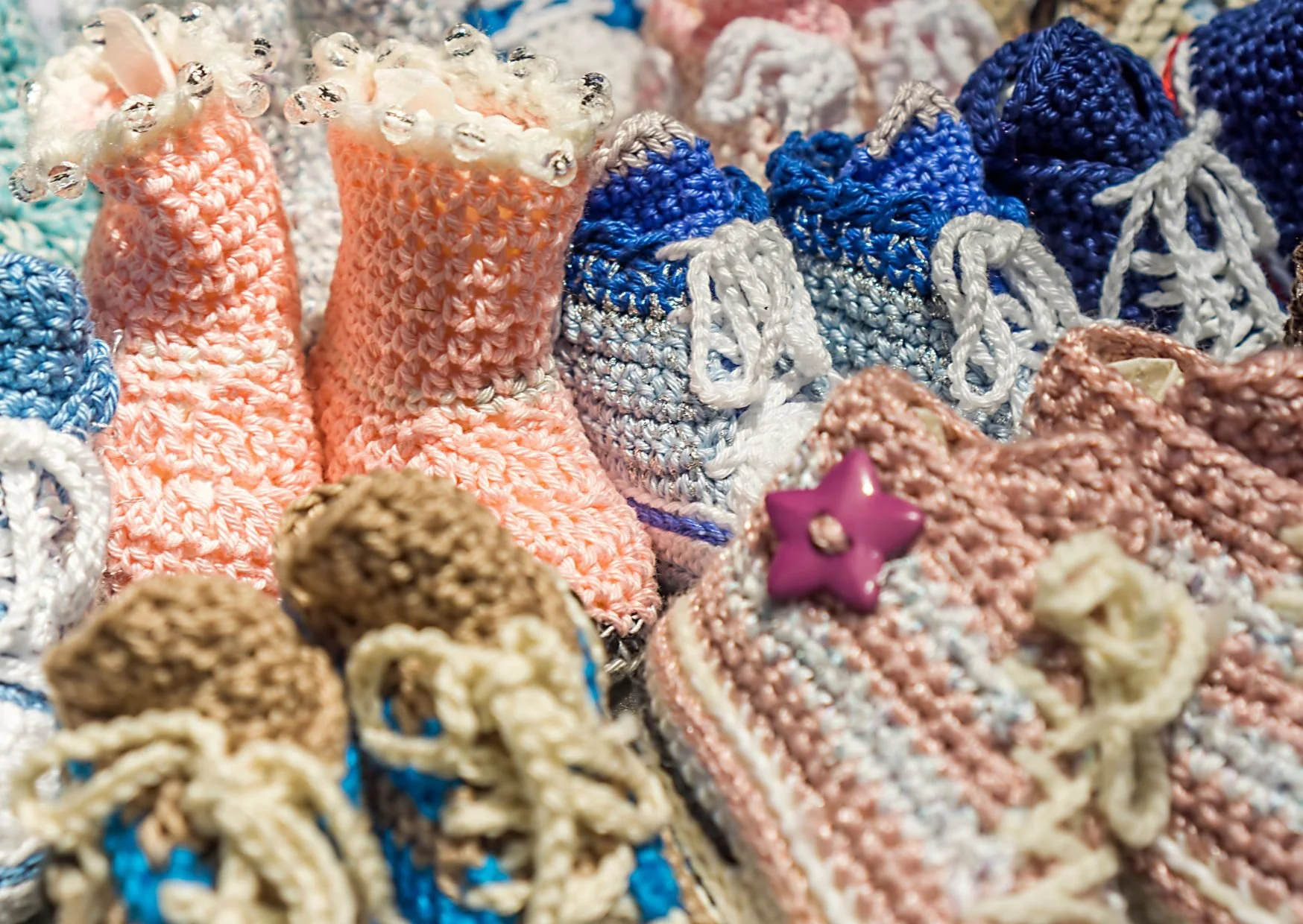
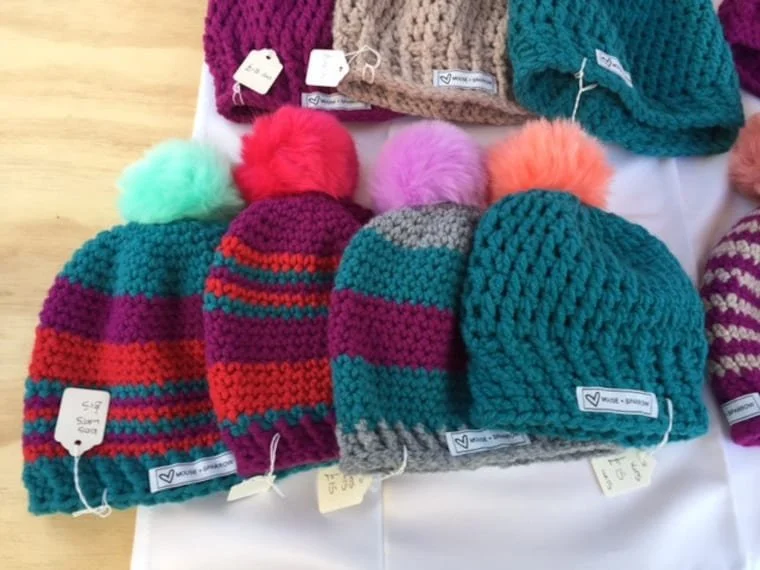
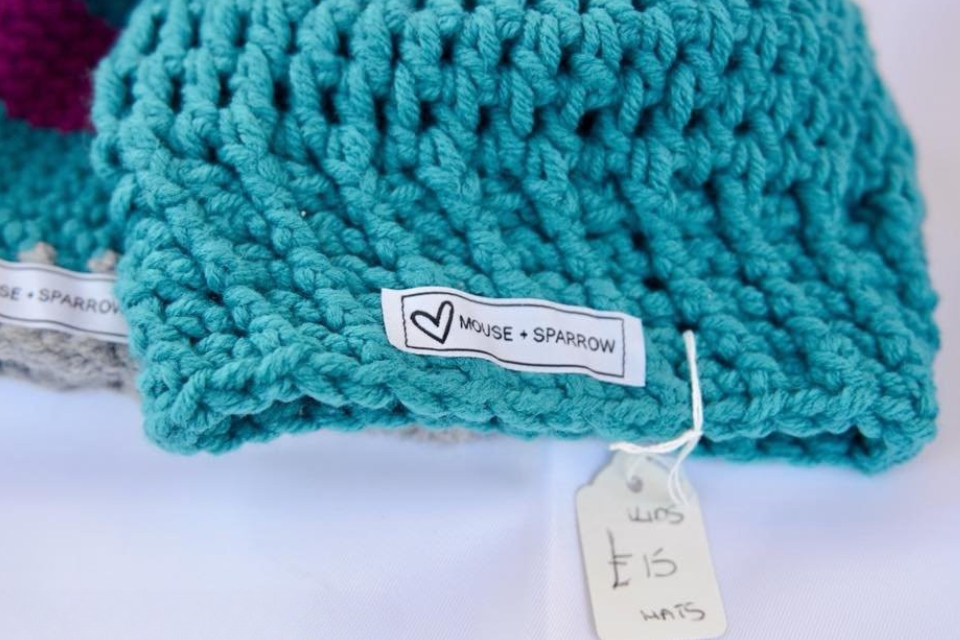

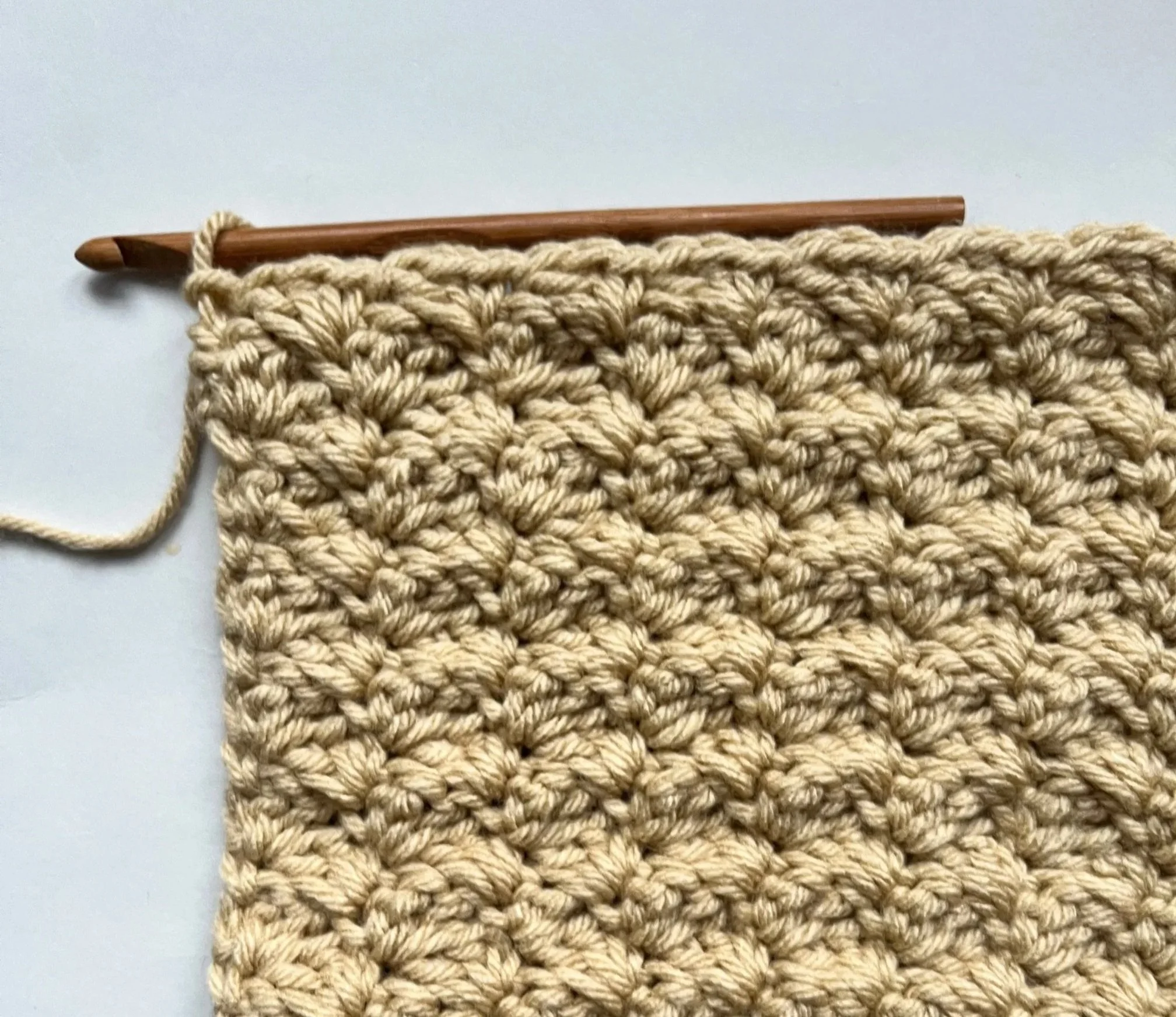
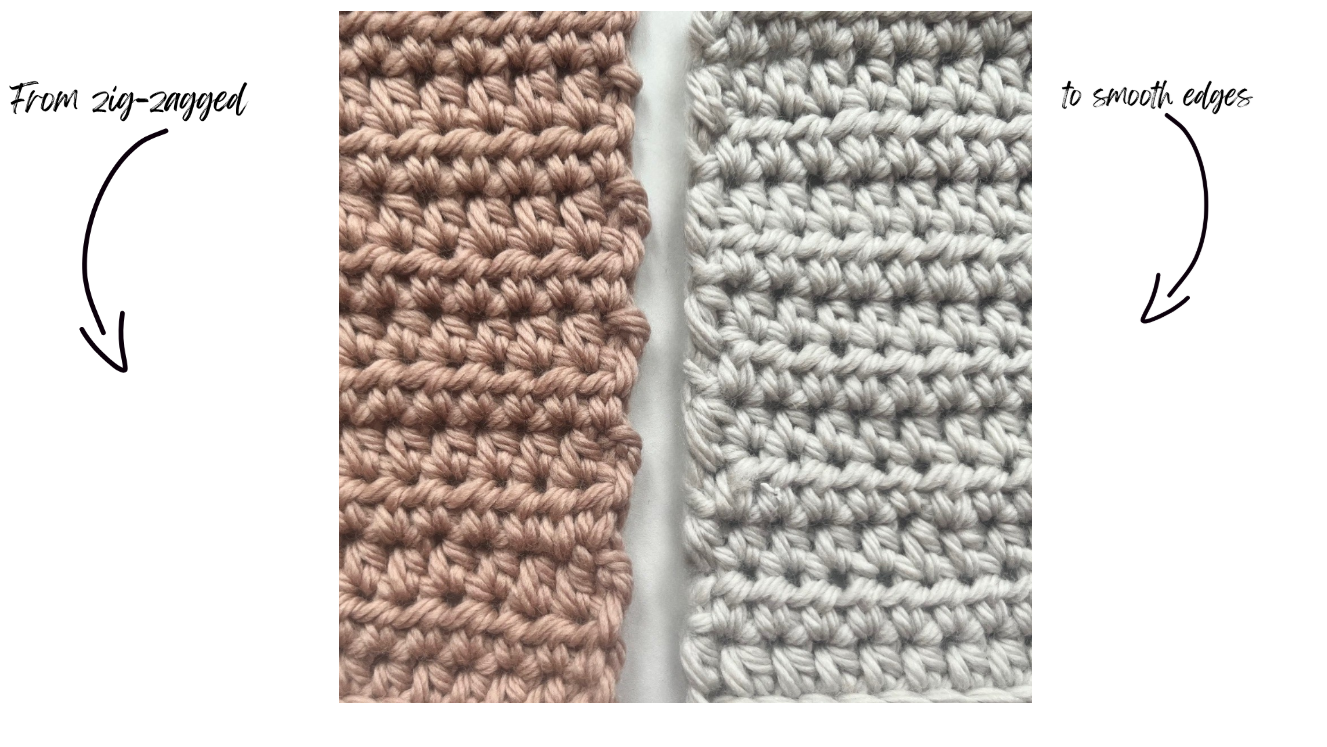
This week on Part 30 of our Crochet Blanket Project, we’re creating a beautifully textured square using a simple two-row repeat. Perfect for beginners, this lacy pattern adds gorgeous texture to your blanket and works seamlessly with all the squares you’ve made so far.